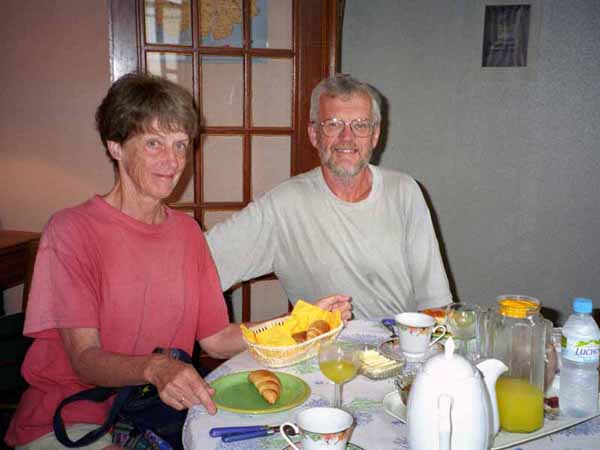
This is an important question, as the answer will have a direct effect on most other decisions you make about your trip to France.
The choice of accommodation is very wide, encompassing hotels, chambres d’hôte (bed and breakfast), gîtes d’etape (dormitories for walkers, usually with dinner provided) and camping. It is not usually necessary to make advance bookings for any of these, although we have been caught out once or twice.
Many towns and villages have an Office of Tourism that can help you find accommodation. They have lists with all the details and will even ring up for you if you are lucky.
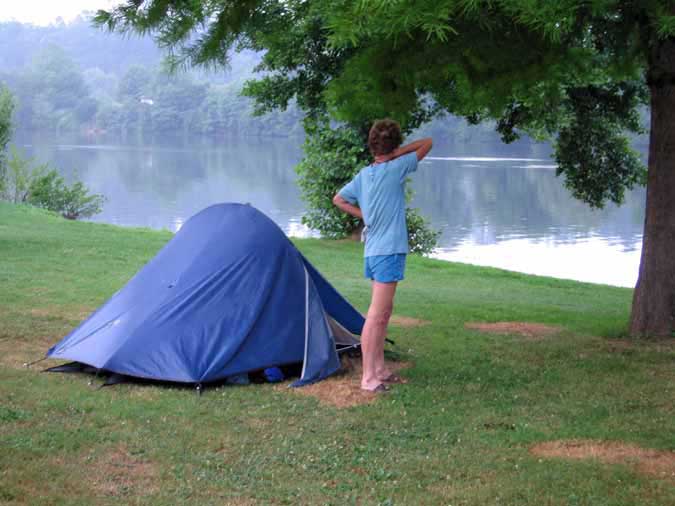
As we are from tough peasant stock, we normally camp while in France. The grass in French camping grounds is generally luxuriant, and the ablutions blocks improve every year. There seems to be a government drive to modernise the facilities at French camping grounds.
Obviously there is a weight penalty for carrying a tent (although for us it is only 2 kgs in our total weight of about 7 kgs), but this has to be balanced against the low cost, the coolness on hot nights and the flexibility it gives you (on the few occasions when we have found ourselves with absolutely nowhere to stay, there has always been a farmer’s field to pitch our tent in).
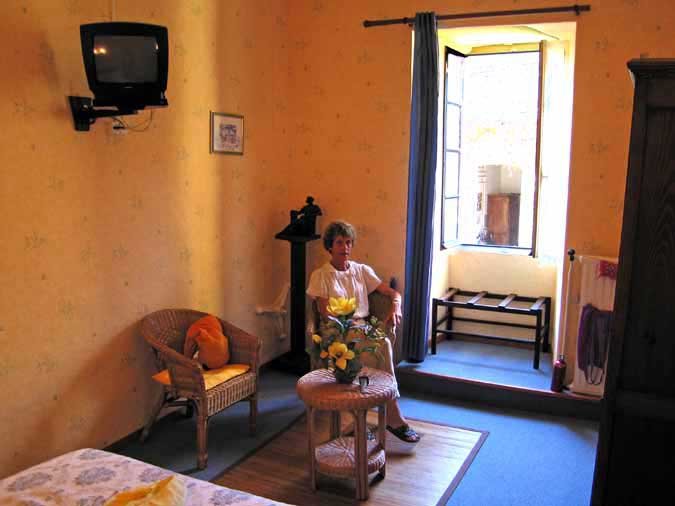
Hotels and chambres d’hôte are occasional treats for us, which we use if the camping is non-existent or too far out of town, or when the weather is too wet. We almost never book ahead.
French walkers normally stay in gîtes. These are gîtes d’étape, not to be confused with gîtes ruraux, which are holiday houses rented by the week.
Gîtes d’étape are more common on the main pilgrim routes, and provide a dormitory, a bathroom and a living room, in which you can either cook your own meal or, if there is a resident guardian, have it cooked for you.
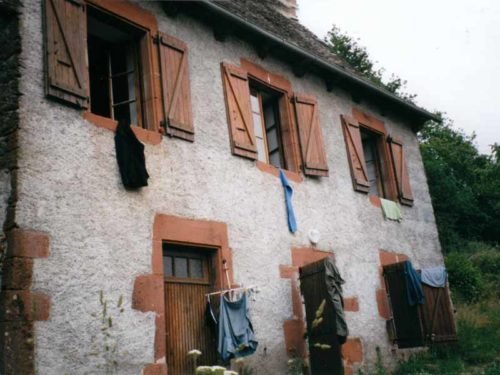
On the whole, gîtes are our last choice, as we find them a bit squalid. We feel we are past the age for sharing other people’s snoring, not to mention the aroma of their wet socks drying on the bedpost. Also gîte food is of the boarding-house variety.
But for the lone walker, they are a good option because of the company around the dinner table. Everybody compares notes about the route they are going to take, and we look at each other’s maps and guides, which can be very useful.
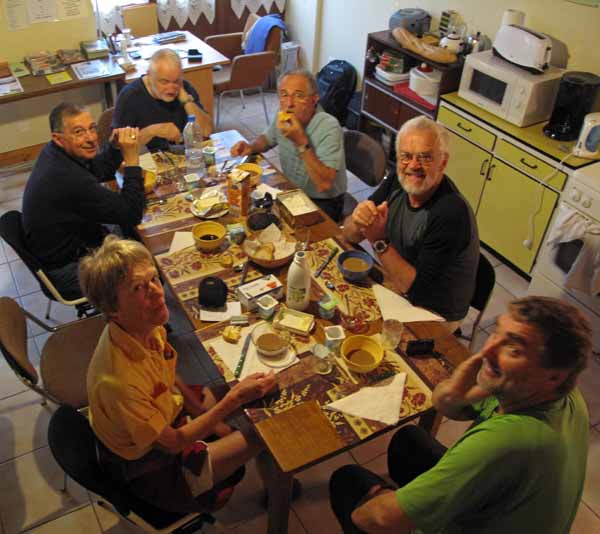
Before we go to France, we consult several websites which list camping grounds to help us plan our route. They all have their strengths and weaknesses.
We have found Camping Municipal and Camping.info useful for this purpose, but sometimes long-defunct camping grounds are still listed, as we have discovered to our cost.
It is a good idea to ask at an Office of Tourism for a departmental list of camping grounds, but even so you can be caught out. For example, the Office of Tourism in Toulouse directed us to a camping ground which was nominally in Toulouse. After a five kilometre walk we arrived at a locked gate that carried a ”Complet” sign.
The place was a squalid shanty-town for low-paid workers, not a camping ground at all, and had obviously been like that for years, while the Office of Tourism blithely continued to recommend it.
Another extremely useful source of information is the Géoportail website. It is the French equivalent of Google Maps, but it shows many more features, such as camping ground locations and walking tracks.
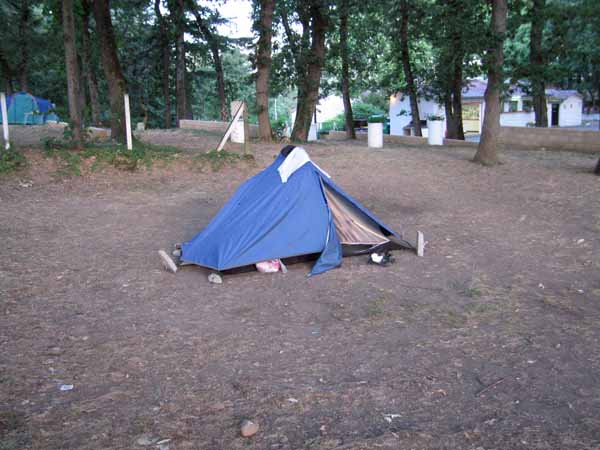
Camping grounds in the larger cities and popular tourist areas usually have a long opening season, but in small, out-of-the-way villages, the sort that walkers go to, they usually have a much shorter season.
Many of them open in April or May and close in September or October, but often municipal camping grounds are only open between the 15 June and the 15 September.
The walking maps on this website show accommodation icons for each night. By zooming in on a particular icon you can see the precise location of the establishment where we stayed.